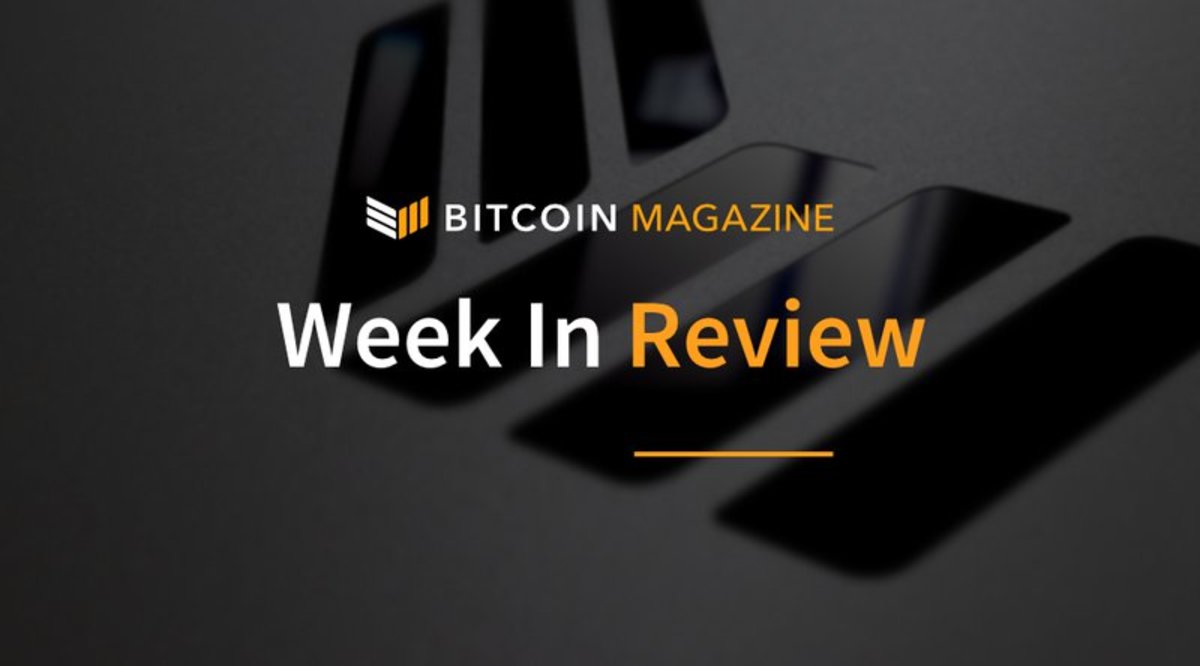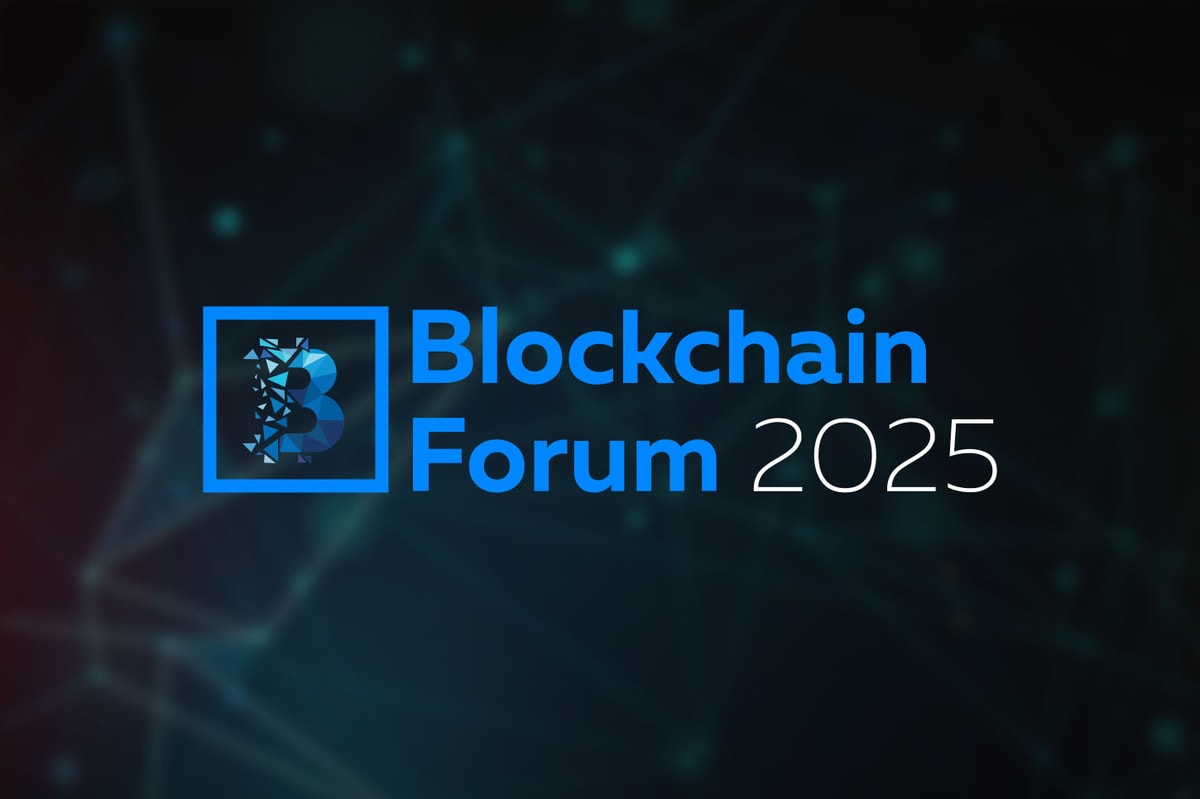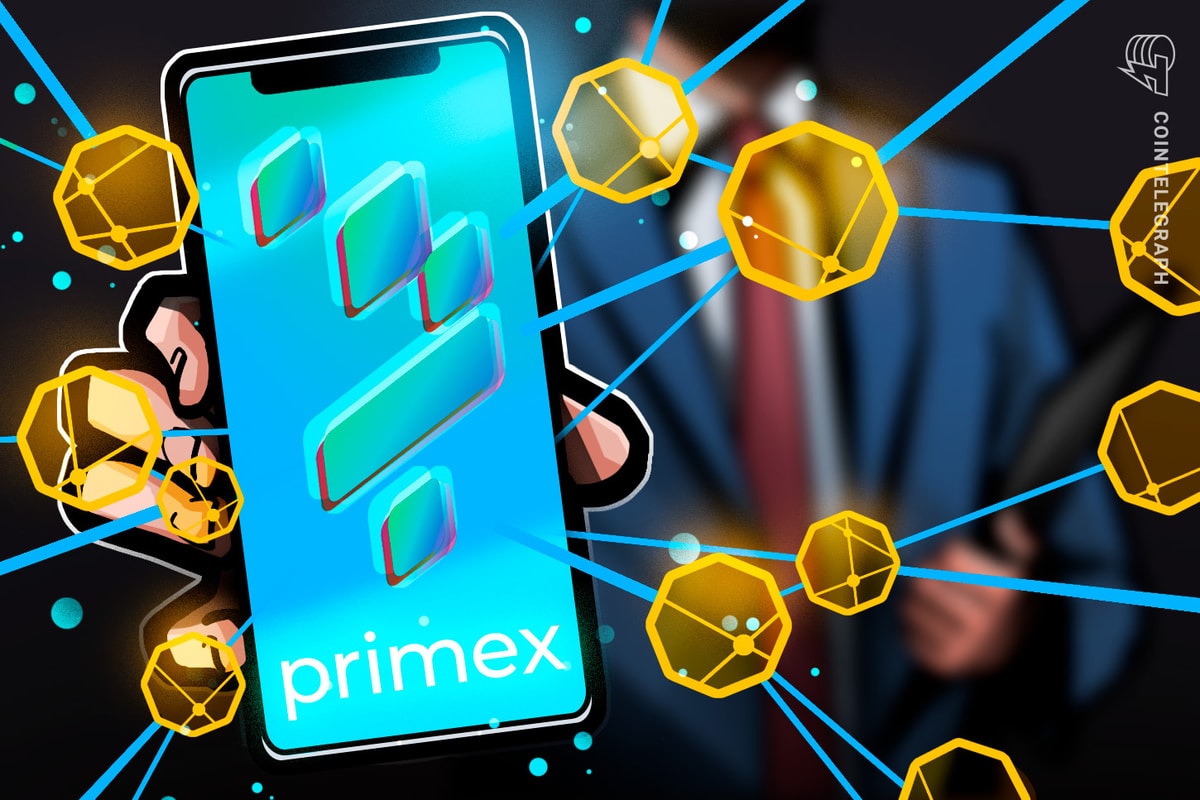Increasing efforts are being made across the crypto ecosystem to address the elephant in the room that is the limited ability of blockchain and other ledger technologies to accommodate the high throughput requirements that are needed for business and consumer applications. If blockchain tech is really to make a difference to the rest of the world, there must be a more business-ready facility that allows for many more transactions than the Bitcoin network for example.
While many other platforms are approaching this in different contexts, for IoT applications or for corporations, for example, one pressing need for more capable blockchains is in the area of Decentralized Applications (DApps). DApps are seen by many as the real driver of potential inroads for blockchain technology into the everyday lives of the mainstream. But the thought of hosting a DApp on a blockchain as slow as the Bitcoin network would probably make anyone worry.
This is the use case that #MetaHash is trying to tackle. They spent the past few months trialing the testnet of their #TraceChain blockchain solution. Positive results, where they achieved speeds of max 3 seconds to verify any transaction, over 60,000 transactions per minute, and billions of transactions per day, look promising as a means to enable DApp development in a fast and scalable way. Now they turn their attention to the current launch of their MainNet as well as the coin sale that begins on 29th of June.
Enhanced speed for DApps

As per the #MetaHash white paper:
All known Blockchain solutions are partially centralized or limited to a maximum of two million transactions per day. Increasing Blockchain load raises transaction fees accordingly. Slow transaction speeds and fees have led to the impossibility of implementing most existing Blockchain projects. Speed is important not only for currency transactions. The Blockchain 4.0 protocol makes it possible to organize work of stand-alone apps in a common ecosystem with the possibility of their interaction and integration into each other.
As explained, there is a big remove between where blockchains were up until recently and where they need to be to enable DApp development at scale. The #MetaHash consensus mechanism (MultiPOS) is the key that allows for the greater speeds on the platform.
Aside from this, #MetaHash is creating an ecosystem of tools for DApp developers to address the needs of their users. A separate browser linked to the rest of the ecosystem allows for users to actually get paid while they browse, and the protocol used (which involves forging instead of the more intensive mining) means that people can get rewards for forging on a device as simple as a smartphone.
It is a busy time for the company, with the coin sale starting on 29th of June, where buyers can get the #MetaHashCoins (#MHC) for a lower price of $0.0391 per token in ETH or BTC converted at the exchange rate at the time of purchase.
What do you think about the #MetaHash mainnet launch? Let us know in the comments below.
Images courtesy of #MetaHash, PxHere










